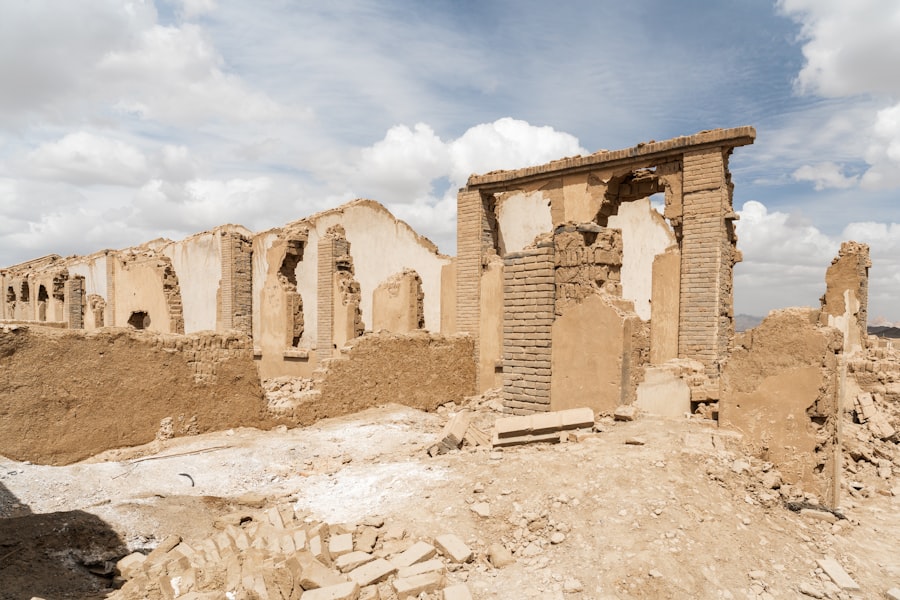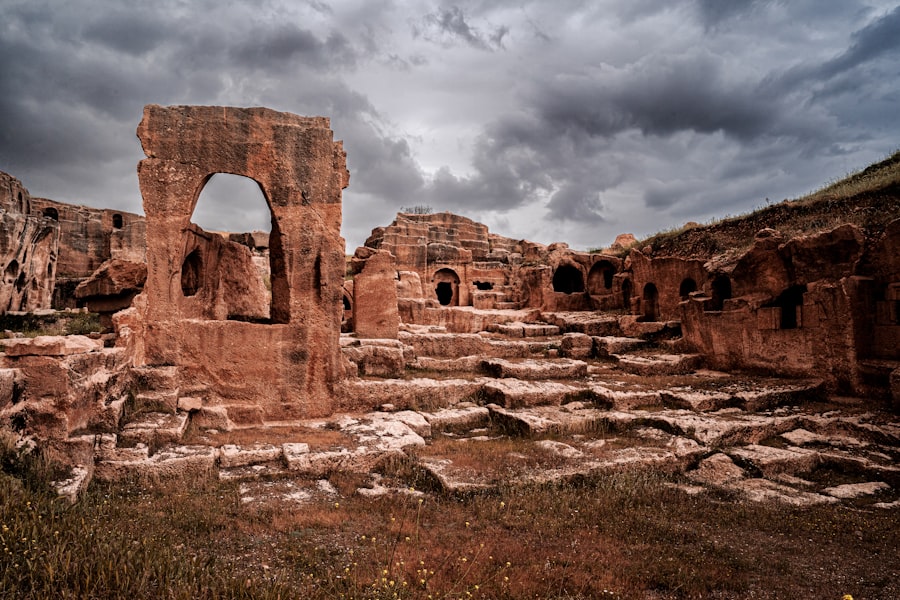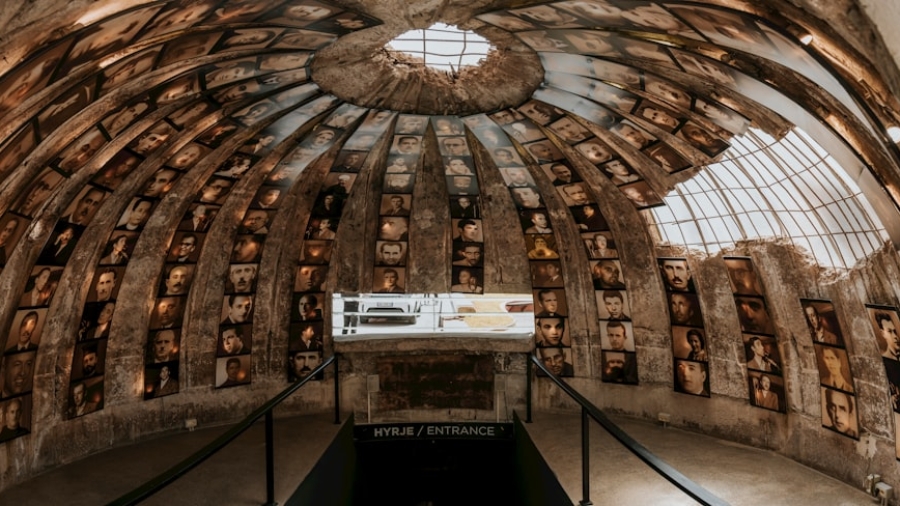Cultural heritage preservation is a multifaceted endeavor that seeks to safeguard the tangible and intangible legacies of human civilization. This encompasses a wide array of artifacts, monuments, traditions, and practices that define the identity of communities and nations. The significance of preserving cultural heritage cannot be overstated; it serves as a bridge connecting past generations with the present and future, fostering a sense of belonging and continuity.
As globalization accelerates, the risk of cultural homogenization increases, making the preservation of unique cultural identities even more critical. The methods employed in cultural heritage preservation have evolved significantly over time. Traditionally, this involved physical conservation techniques, such as restoration and maintenance of historical sites and artifacts.
However, with the advent of modern technology, new avenues have emerged that enhance preservation efforts. Digital tools, virtual experiences, and innovative materials are now being harnessed to protect and promote cultural heritage in ways that were previously unimaginable. This article delves into various technological advancements that are reshaping the landscape of cultural heritage preservation, highlighting their implications and potential for the future.
Key Takeaways
- Cultural heritage preservation is crucial for maintaining the identity and history of a society.
- Digitization of cultural artifacts allows for wider access and preservation of fragile items.
- Virtual reality provides immersive experiences and access to cultural heritage sites from anywhere in the world.
- 3D printing enables the replication of cultural artifacts for preservation and educational purposes.
- Artificial intelligence aids in the analysis, restoration, and preservation of cultural heritage.
Digitization of Cultural Artifacts
The digitization of cultural artifacts represents a revolutionary shift in how we document and preserve our heritage. By converting physical objects into digital formats, museums, libraries, and cultural institutions can create virtual repositories that are accessible to a global audience. This process not only safeguards artifacts from physical deterioration but also democratizes access to cultural heritage.
For instance, the British Museum has undertaken extensive digitization projects, allowing users from around the world to explore its vast collection online. This initiative not only preserves the artifacts but also engages a broader audience, fostering appreciation and understanding of diverse cultures. Moreover, digitization facilitates the creation of high-resolution 3D models of artifacts, which can be used for research, education, and even virtual exhibitions.
The Smithsonian Institution has embraced this technology by providing 3D scans of various objects, from dinosaur fossils to historical artifacts. These models can be manipulated and examined from different angles, offering an interactive experience that enhances learning. Additionally, digitization plays a crucial role in disaster recovery; in the event of a natural disaster or conflict, digital records can serve as a reference for restoration efforts, ensuring that cultural heritage is not lost forever.
Virtual Reality and Cultural Heritage

Virtual reality (VR) has emerged as a powerful tool in the realm of cultural heritage preservation, offering immersive experiences that transport users to historical sites and events. By simulating real-world environments, VR allows individuals to engage with cultural heritage in ways that traditional methods cannot achieve. For example, the “Virtual Reality Tour of Ancient Rome” project enables users to explore the grandeur of the Roman Empire as it once was, complete with bustling streets and vibrant marketplaces.
This immersive experience not only captivates users but also educates them about historical contexts and cultural significance. Furthermore, VR can be instrumental in preserving endangered sites that may be at risk due to climate change or urban development. The “Heritage on the Edge” initiative utilizes VR technology to create digital replicas of at-risk sites, such as the ancient city of Petra in Jordan.
These virtual models serve as both a record of the site’s current state and an educational resource for future generations. By providing an engaging platform for exploration and learning, VR fosters a deeper connection between individuals and their cultural heritage, encouraging stewardship and advocacy for preservation efforts.
3D Printing and Cultural Heritage Preservation
3D printing has revolutionized the field of cultural heritage preservation by enabling the reproduction of artifacts with remarkable accuracy. This technology allows for the creation of replicas that can be used for educational purposes or displayed in museums without risking damage to the original pieces. For instance, the Louvre Museum has utilized 3D printing to create replicas of its most famous sculptures, such as the Venus de Milo.
These replicas not only enhance visitor engagement but also provide opportunities for tactile learning experiences, particularly for individuals with visual impairments. In addition to creating replicas, 3D printing can also aid in the restoration of damaged artifacts. By using advanced scanning techniques to capture detailed measurements and textures, conservators can produce replacement parts that seamlessly integrate with original pieces.
The University of Southern California’s Institute for Creative Technologies has developed a project called “3D-Printed Heritage,” which focuses on reconstructing damaged archaeological sites using 3D printing technology. This approach not only preserves the integrity of cultural heritage but also allows for innovative interpretations and presentations that can attract new audiences.
Artificial Intelligence in Cultural Heritage Preservation
Artificial intelligence (AI) is increasingly being integrated into cultural heritage preservation efforts, offering innovative solutions for documentation, analysis, and restoration.
Machine learning algorithms can be trained to identify patterns in historical photographs or artworks, enabling researchers to uncover hidden details or connections between different pieces.
For example, AI has been employed to analyze thousands of paintings to identify stylistic trends or influences among artists throughout history. Moreover, AI can assist in predictive modeling for conservation efforts. By analyzing environmental data and historical records, AI systems can forecast potential threats to cultural heritage sites, such as climate change impacts or urban encroachment.
The “Predictive Preservation” project at Stanford University utilizes AI algorithms to assess risks to various cultural sites worldwide, allowing stakeholders to prioritize preservation efforts based on data-driven insights. This proactive approach not only enhances preservation strategies but also ensures that resources are allocated effectively to protect our shared cultural heritage.
Crowd-sourcing and Cultural Heritage Preservation

Crowd-sourcing has emerged as a valuable strategy in cultural heritage preservation, harnessing the collective knowledge and skills of individuals around the world. By engaging communities in preservation efforts, organizations can tap into a wealth of expertise and resources that may otherwise remain untapped. One notable example is the “Transcribe Bentham” project, which invites volunteers to transcribe the handwritten manuscripts of philosopher Jeremy Bentham.
This initiative not only preserves important historical documents but also fosters public engagement with philosophical discourse. Additionally, crowd-sourcing platforms enable individuals to contribute their own cultural knowledge and experiences. The “Heritage Crowd” initiative encourages people to share stories, photographs, and memories related to their local heritage.
This grassroots approach not only enriches the understanding of cultural heritage but also empowers communities to take ownership of their narratives. By involving diverse voices in preservation efforts, crowd-sourcing fosters inclusivity and ensures that multiple perspectives are represented in the safeguarding of cultural heritage.
Preservation of Intangible Cultural Heritage through Technology
While much attention is often given to tangible artifacts, intangible cultural heritage—such as traditions, rituals, and oral histories—also requires preservation efforts. Technology plays a crucial role in documenting and safeguarding these ephemeral aspects of culture. Digital storytelling platforms allow communities to share their narratives through multimedia formats, preserving oral traditions for future generations.
For instance, the “Oral History Project” at the Library of Congress collects audio recordings of personal stories from diverse communities across the United States, ensuring that these voices are preserved within the national narrative. Moreover, social media platforms have become vital tools for promoting intangible cultural heritage. Communities can share their traditions through videos, live streams, and interactive content that reaches global audiences.
The “Dance Heritage Coalition” utilizes social media to showcase traditional dance forms from various cultures, encouraging participation and appreciation among younger generations. By leveraging technology to document and disseminate intangible cultural heritage, communities can foster pride in their traditions while ensuring their survival in an increasingly interconnected world.
Challenges and Future of Tech in Cultural Heritage Preservation
Despite the promising advancements in technology for cultural heritage preservation, several challenges remain that must be addressed to ensure effective implementation. One significant concern is the digital divide; access to technology varies widely across regions and communities. While some institutions may have the resources to invest in cutting-edge technologies like VR or AI, others may struggle with basic digitization efforts due to lack of funding or expertise.
Bridging this gap is essential for equitable preservation efforts that benefit all cultures. Additionally, ethical considerations surrounding ownership and representation must be navigated carefully as technology continues to play a larger role in cultural heritage preservation. The use of AI algorithms raises questions about authorship and authenticity when it comes to reproducing or interpreting cultural artifacts.
Ensuring that communities have agency over their own narratives is crucial in maintaining respect for diverse cultures. Looking ahead, the future of technology in cultural heritage preservation holds immense potential for innovation and collaboration. As interdisciplinary approaches continue to emerge—combining fields such as archaeology, computer science, and anthropology—new solutions will likely arise that address existing challenges while enhancing preservation efforts globally.
By fostering partnerships between institutions, communities, and technologists, we can create a more inclusive framework for preserving our shared cultural heritage for generations to come.
An intriguing article that complements the discussion on how tech is revolutionizing this domain is

